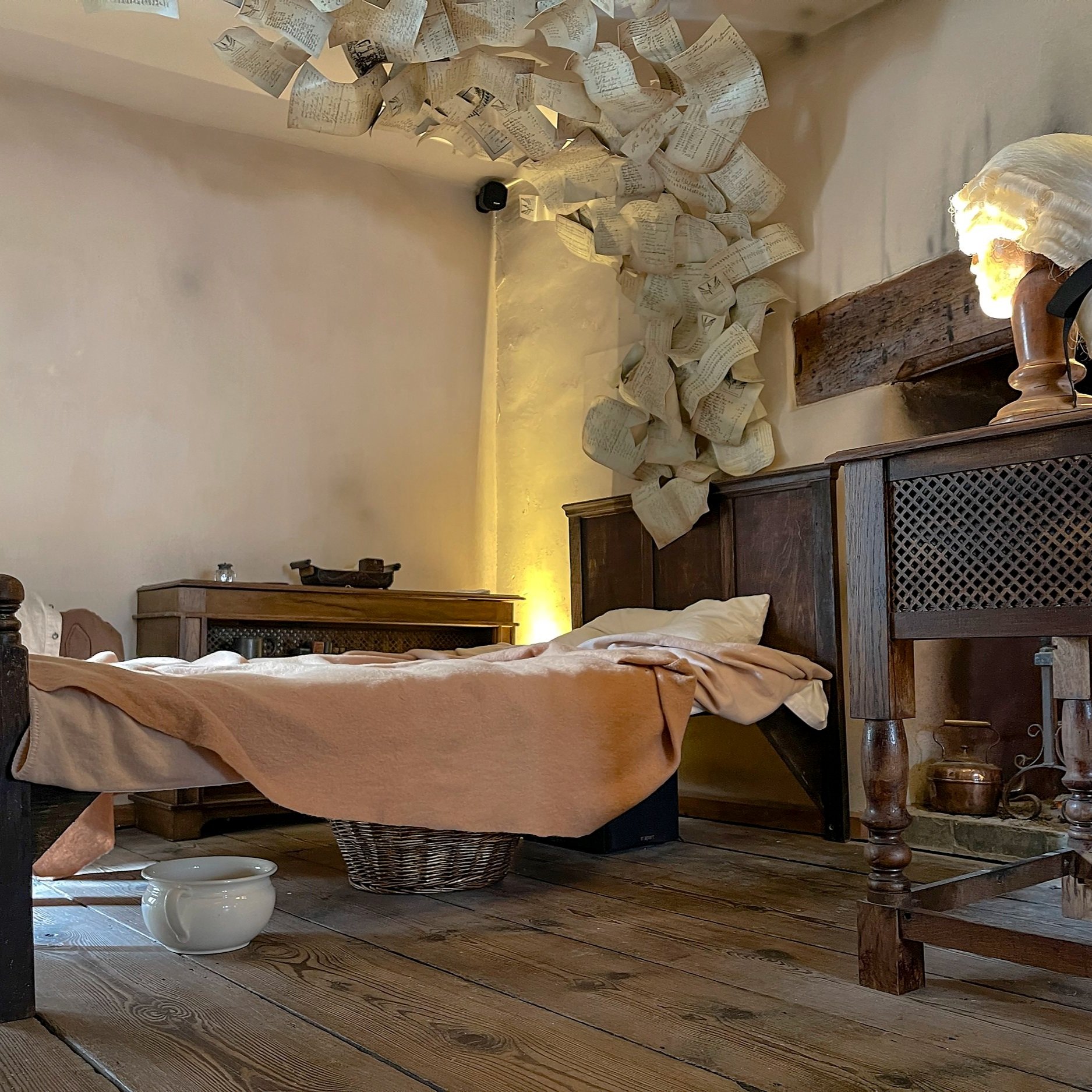Church Farm House is a generous family home, however, the oldest part of the house is timber framed with very small windows. The interior therefore lacked aspect onto the garden and surrounding countryside. The existing kitchen was too small and lacked a dining area. Having recently moved into the house, our clients wished to modernise and extend the house to contemporary living standards.
In order that the works could be progress as soon as soon as possible, we developed a programme and separated the project into three phases to prioritise planning permission for the Annex, so that this building could be built and occupied whilst work on the house was underway. This allowed time for pre-applications exploring options for extending the listed building.
Planning permission for the annex was granted in early 2020 and the works completed by December 2020. Works on the house started in January 2021 and completed by October 2021.














